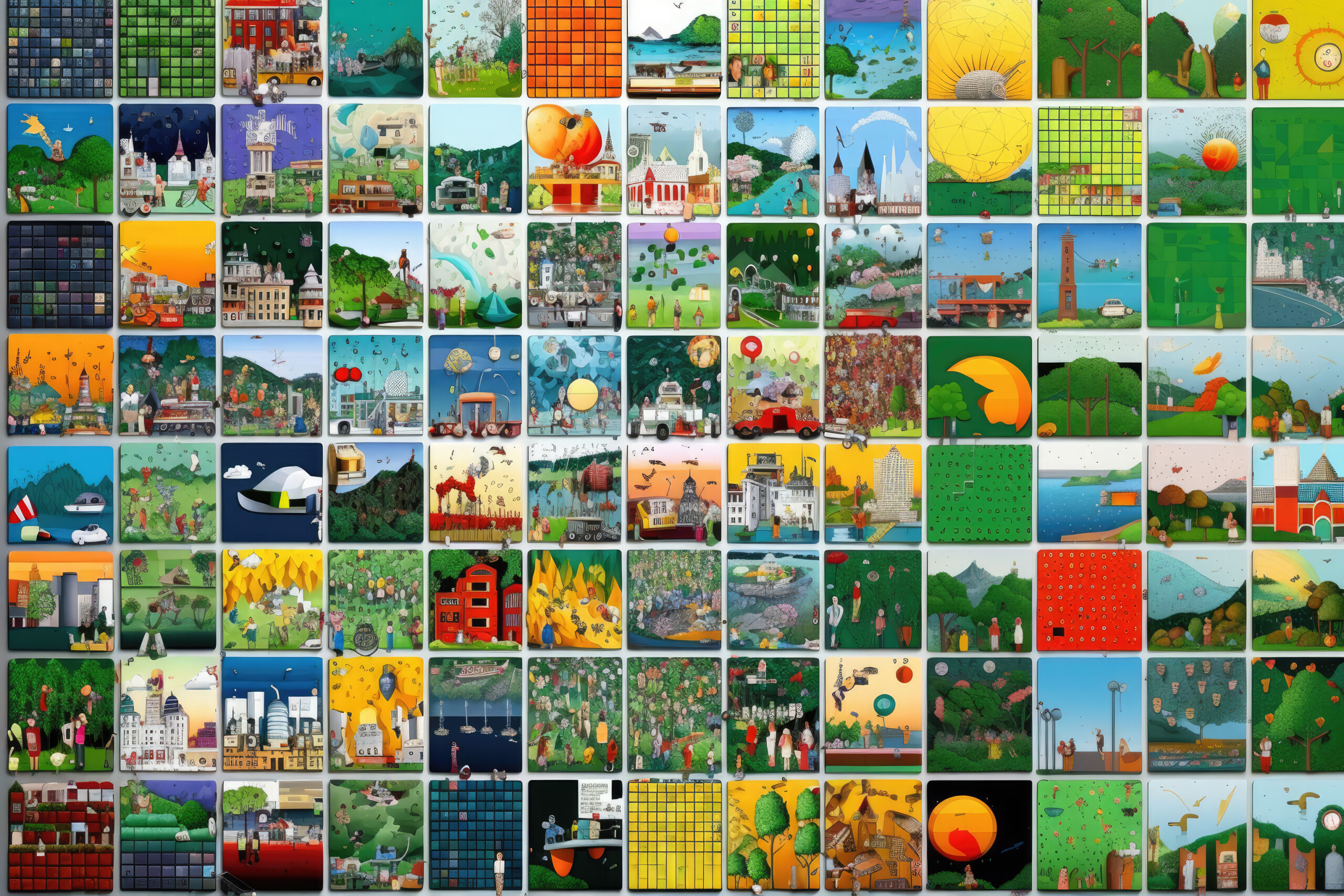Summary: Under Xi Jinping’s leadership, women’s rights and freedom of expression in China have faced severe repression, with censorship stifling discourse on gender and punishing outspoken female writers. Periods of greater political liberty saw flourishing women’s literature that challenged traditional roles and highlighted women’s ambition. Despite the current crackdown, the resilience of female writers persists through underground literary communities.
For women’s rights activists in China, the 2020s seem to be the worst time ever. Under Xi’s presidency, censorship of public opinions has peaked, including that of writings about gender equality. Journalist Huang Xueqin, who published investigations on #MeToo cases, for example, was incarcerated for “subversion.”
Literature also has suffered a bigger setback. Since the Chinese Communist Party (CCP) outlawed any negative commentary on its legitimacy, writers have had to sacrifice their artistry for safety. Those who hold on to their commitment to the arts are banished from the publication world. Yan Geling, one of the most famous Chinese female writers of the 21st century, was banned from all press for critiquing Xi’s treatment of women.
However, the environment for female writers in China has not always been oppressive. Rather, the extent of women’s cultural contributions has always been negatively correlated with the governmental control of individual liberty.
The first surge of women’s writing in modern China was during the 1920–30s, when the nation was under the governance of the Nationalist Party of China (NPC). Despite the wartime turmoil and the infamously corrupt NPC government, society at the time was highly liberal. At the turn of the century, the traditional academic community was replaced by a new generation of intellectuals, most of whom had received Western education. In 1915, these young scholars started the New Cultural Movement. The movement fought against feudalism and advocated for democracy, liberalism, individual freedom, and equality for women. By the 1920s, Chinese society had incubated a myriad of liberal writers, artists, and academics, including some of the most important female literati in modern China, such as Zhang Eileen, Ding Ling, and Xiao Hong. Be it Zhang’s Love in a Fallen City, Ding’s Diary of Miss Sophie, or Xiao’s The Field of Life and Death, their works thematized the experiences of “new women.” Though clenched between the lingering feudalist customs and the transitioning new era, they continued to pursue independence and freedom.
The liberal environment did not survive, as what followed was the establishment of Communist China and, subsequently, the 10-year Cultural Revolution—a time when the government, rather than the people, defined how an individual should think and feel.
Donned the “Stinky Ninth Class,” the literati were considered “spiritually unclean.” During the Yan’an Conference on Literature and Art, Mao Zedong announced that all works of art and literature must extol the Communist regime and serve only the interests of the workers, peasants, and soldiers. Literature, once the epitome of free speech, became a vessel for CCP propaganda.
The female writers, who had thrived in early 20th-century China, were deprived of their voices. Many were tortured to death by the Red Guards; those who survived had to relocate abroad. Ding, for example, was banished to the northern deserts, and Zhang immigrated to the United States. Slogans popularized by the government such as “whatever men can do, women can do too” ostensibly supported gender equality but, in truth, constituted an attempt to masculinize women. This propaganda masked the government’s rejection of women as an independent gender that had its unique history and needs.
The turning point occurred when Deng Xiaoping took over the presidency and introduced the “Reform and Opening Up” policies in the 1980s. He reinstated a significant degree of economic and political liberty by allowing foreign investment. Meanwhile, he ended Mao’s state surveillance and class struggle propaganda and, until the Tiananmen Massacre in 1989, supported free speech.
The transformed political environment revived literature. The public’s suppressed yearning to express themselves in the previous 10 years burst forth in the form of a literary mania. Writers and poets, who used to be despised by all, were idolized. Thousands of people swarmed into auditoriums to attend poetry readings, and when they ended, rushed to the stage in tears and hugged the poets; some even kneeled and kissed the poets’ shoes. As a result, the female writers were able to rebuild their community and eventually channeled the “Golden Age” of women’s writing. Poets such as Shu Ting and Zhai Yongming and writers like Wang Anyi and Zong Pu, through avant-garde writing styles, told stories of modern women’s tenacity amid the political turmoil and the trials they underwent trying to obtain equality in a new time. They presented to society an image of women being strong-willed and ambitious, overturning the traditional perception of them as weak and dependent.
Though the current illiberalism in China is restricting women’s freedom to express themselves, the resilience that persisted through a history of constant changes and frequent catastrophes has grown stronger. An “underground” literary community came into being. Women organized off-the-books writing groups, book clubs, and literature societies, where they admired women’s writings over the past century. Women’s literary culture might be declining in China, a good reminder that progress is not irreversible, but as long as the predecessor’ legacy is still cherished, it will persevere.


